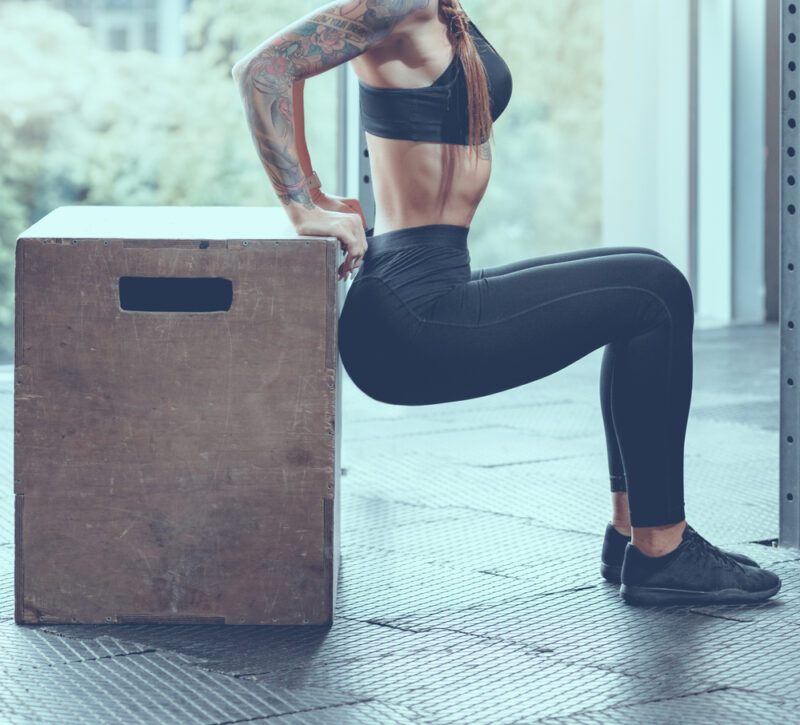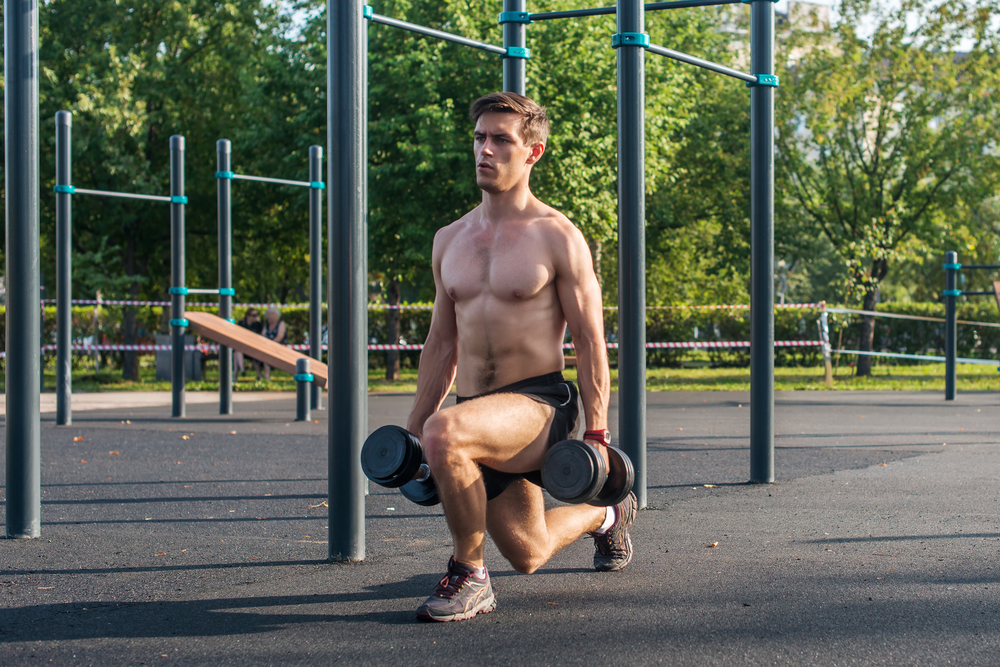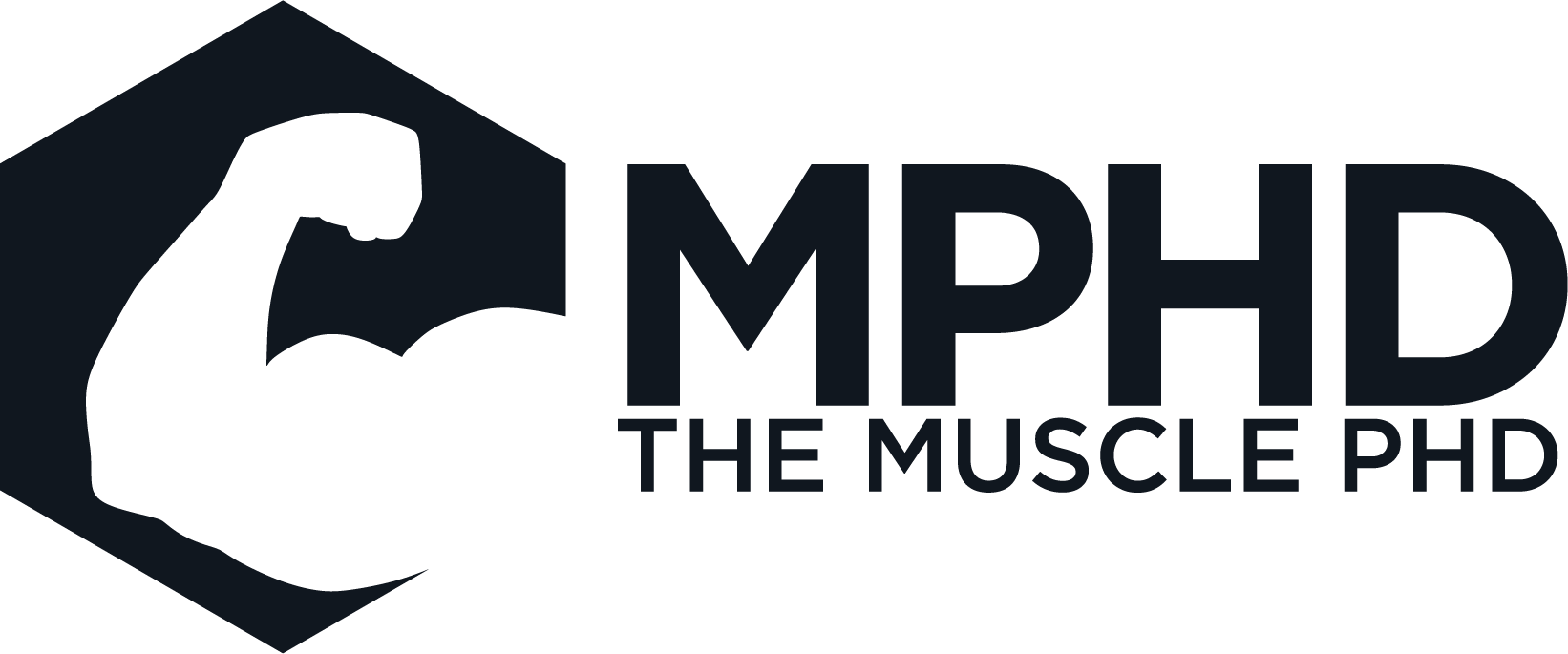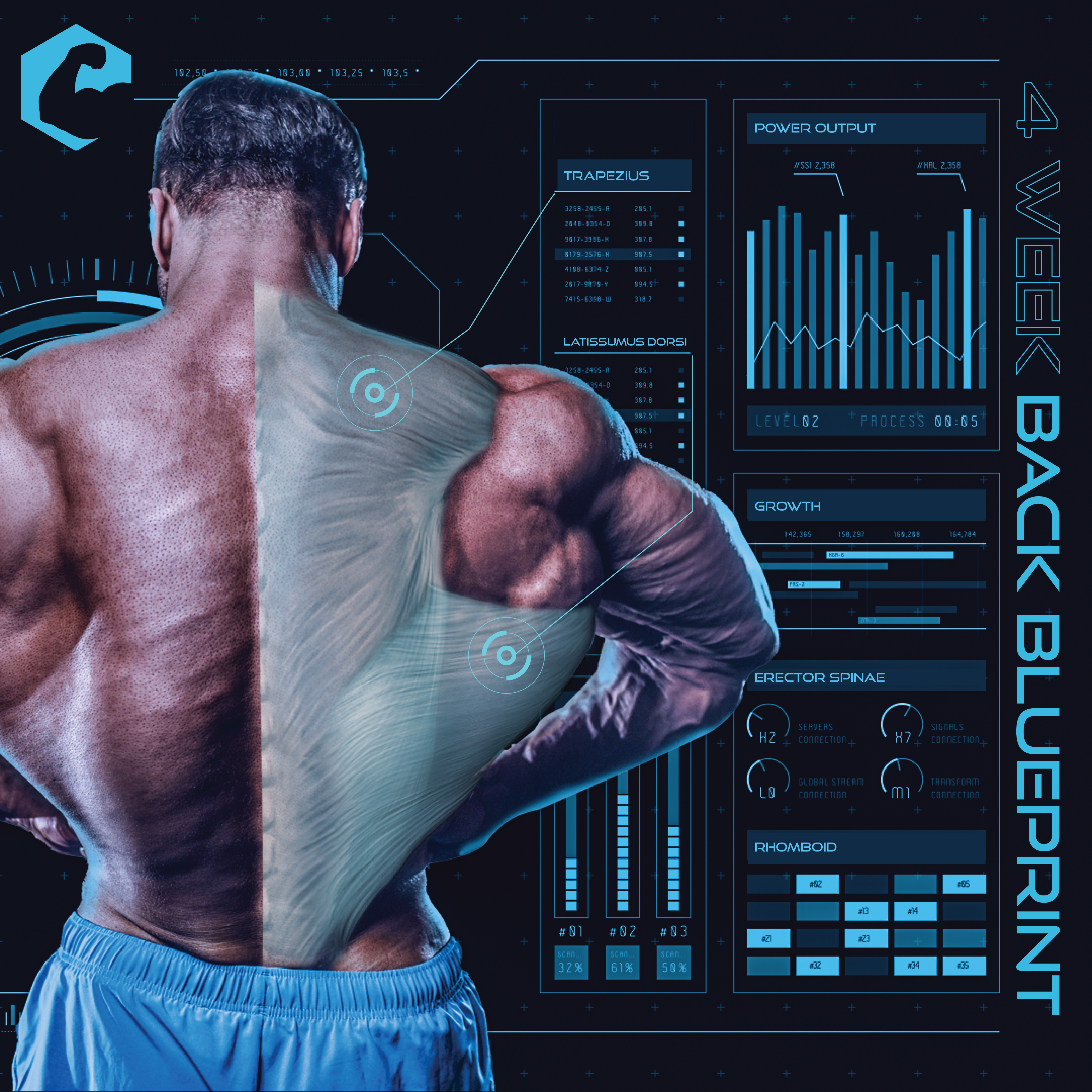Welcome to part two of our series on why your glutes aren’t growing. We’ll give you three additional reasons why you’re not getting full development on your glutes and how you can remedy that with a few adjustments that can ripple into huge effects.
In part one of our glute series, we spoke about the relationship between your hips and your glutes, and how you can optimize that in the weight room. Your glutes are hip extensors, and they’re also abductors since they help move your leg out to the side. In addition to that, they’re external rotators, which is why you need to take advantage of all these three motions when you’re trying to train your glutes.
If you’re frustrated because your exercises aren’t growing your glutes, you’ll be able to understand how you can maximally recruit and activate them through these techniques. Here are three ways to maximize your glute motions in order to grow.
Are You Using a Full Range of Motion to Train Your Glutes?
We’re first going to be talking about your squats and lunge exercises. If these are all you’re doing in order to grow your glutes, then we’ve got some news for you: these exercises don’t get the greatest glute activation.
Their range of motion could be of value for building your glutes, but that’s simply because they cause damage to the muscle. Mechanical stress to the glutes, even if they’re not activated as much, will cause muscle damage in a more lengthened range.

You need to be doing full squats, otherwise you’re not going to fully develop your glutes. In addition, if you’re doing lunges, take longer steps. This will get more of a stretch on the glutes, which will cause more damage and bigger growth.
After you get your exercise techniques in order, take a look at exactly how you’re squatting. We just mentioned that the glutes are more hip extensors than anything. If you’re just going up and down in a squat, you’re not optimizing your glute activation.
If you sit back on a squat and thrust your hips forward for a rep, you’ll be squeezing the glutes more than any squat you did, making it more of a glute exercise than a leg one. One of the best ways to do that is through box squats, which optimize the hip extension portion of the squat.
Box squats involve sitting back on an elevated platform (or a box) and initiating the movement of your squats with your hips and thrusting forward. They’re also a great way to train your hips.
What Is Accommodating Resistance for Glute Growth?

The second reason your glutes aren’t growing is because you’re not using accommodating resistance. To really challenge your glutes, you need to be doing banded squats or banded exercises in most of your leg workouts.
That’s because when you have a band around the leg or legs, the action gets harder as you move toward the end range of the motion. If you’re doing banded squats, the bands are going to make sure it’s more and more difficult to squat while near full extension.
In our previous article, we spoke about how the glutes are fully activated when near full extension. Adding bands to your exercises will capitalize on that, increasing your glute size.
In addition to using bands with your squats and leg press exercises, you can take a little wider stance on your squats. We’re not talking full splits, but if you externally rotate while pointing your toes outwards when you’re doing squats, it will increase hip extension. If you put your legs up a little higher on the leg press, you’ll also be engaging more of the hip extension movement.
Are You Using Hip Abduction Exercises?
Your glutes are also responsible for moving your leg out to the side, which means they are abductors. If you’re doing a leg press and you put a band around your knees while you’re doing the leg press, you’ll increase the engagement of your glutes, particularly the upper glutes, which we call gluteus medius.
We hope this article helped you understand how you can capitalize on the three different motions of your glutes and use them to your advantage to grow them.









